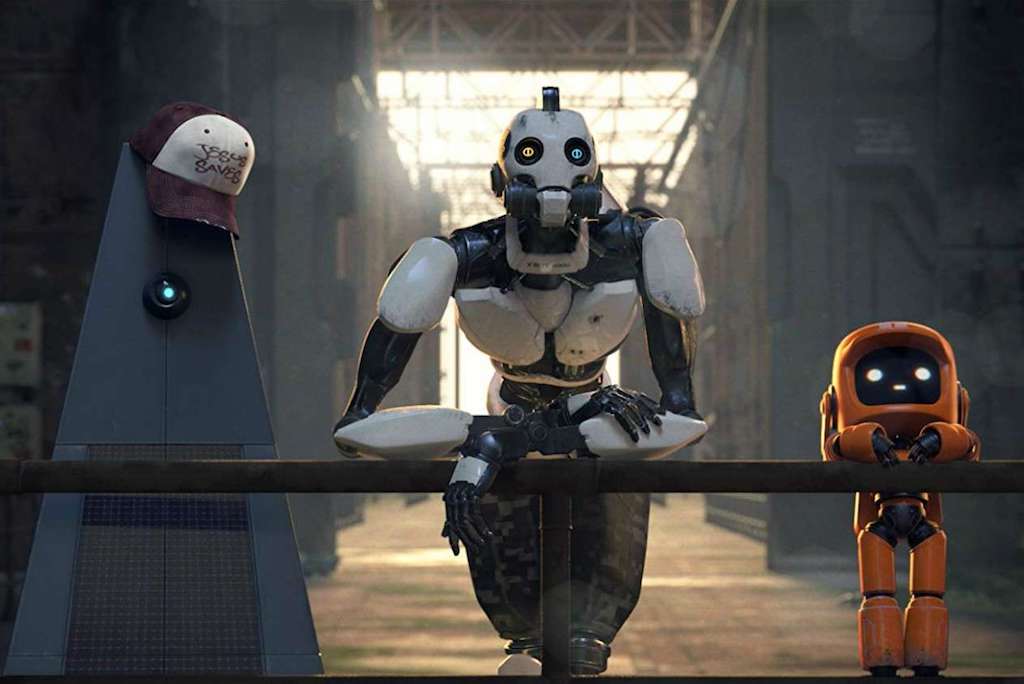
'Love, Death & Robots' Review | Netflix's Latest Sci-Fi Series
In the same strain as 'Black Mirror', Netflix has recently dropped their newest instalment of sci-fi anthology. This is a little different to your run-of-the-mill science fiction, though, with 18 episodes of completely animated stories. The episodes range from 6 minutes to as long as 17 minutes either in Computer Generated Imagery (CGI), 2D Animation, Live Action, or a combination of all three.
Executive-produced by David Fincher and 'Deadpool' director Tim Miller, 'Love, Death & Robots' is an attempt to monopolise the hard sci-fi/NSFW animation niche that’s not had a lot of mainstream attention. By adapting a number of short stories by famous sci-fi authors, Netflix has done their best to create an engaging range of content that will appeal to a much bigger market than this genre would normally attract.
You have to commend Netflix's bravery for attempting this, but in all honesty, it was a bit hit & miss. It should be renamed to 'Sex, Death and Robots' to be honest, as 'love' is a bit soft for what is really going on in the series ('Beyond the Aquila Rift' is basically softcore porn). For the most part, the episodes are engaging and interesting, with high-quality animation and buckets of creativity. Where some of the episodes get a bit lost, however, is how tightly they were written. The shorter, more simple episodes narratively are much easier to digest and make a bigger impact, whereas a few others are basically just descriptions of an Xbox game campaign (i.e. 'Lucky 13').
The Standouts
These three episodes are very similar in style - hard-hitting, shorter length, well written. Definitely check out 'When The Yoghurt Took Over', 'Alternate Histories' and 'Three Robots'.
Incredible Animation
These episodes were beautifully animated as well as containing very engaging stories: 'The Witness', 'Good Hunting', 'Fish Night' and 'Shape Shifters'.
All in all, the series was pretty good and will be very popular with those who enjoy 'Black Mirror' and 'Stranger Things'. It's good to see the hard sci-fi genre get some attention after so long in the dark












